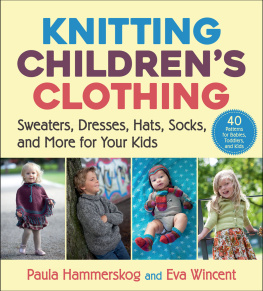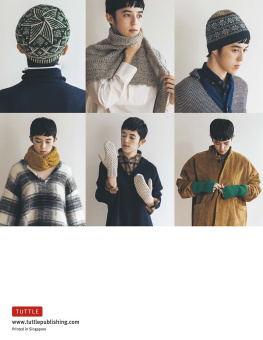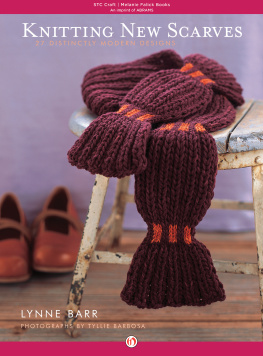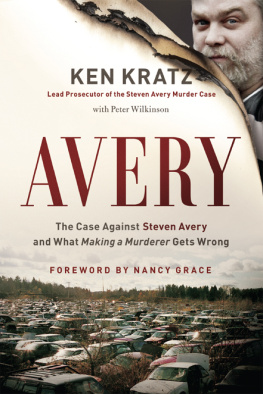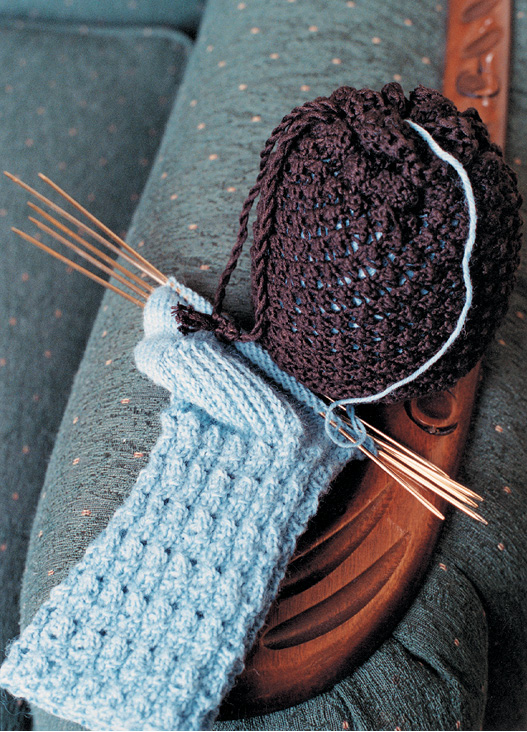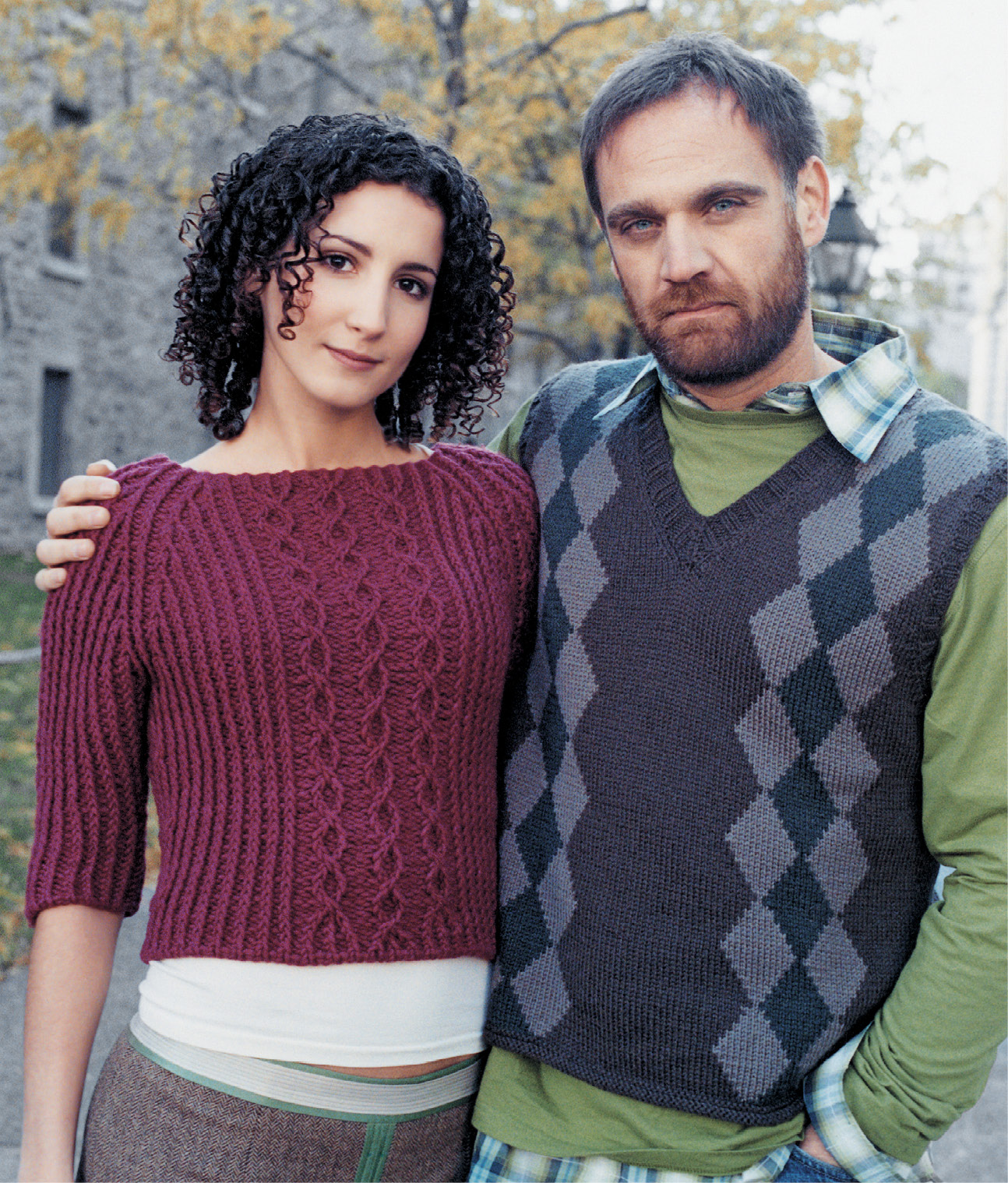
Founded by Harry N. Abrams in 1949, ABRAMS is the preeminent publisher of high-quality art and illustrated books. Now a subsidiary of La Martinire Groupe, ABRAMS is the publisher of bestsellers such as the wildly popular Diary of a Wimpy Kid series by Jeff Kinney, the award-winning cookbooks of Alton Brown, and the stunning photography of Yann Arthus-Bertrands Earth from Above. ABRAMS publishes books in the areas of art, photography, cooking, interior design, craft, fashion, sports, and pop culture, as well as childrens books and general interest titles. The companys imprints include Abrams; Abrams Appleseed; Abrams ComicArts; Abrams Image; Abrams Books for Young Readers; Amulet Books; Stewart, Tabori & Chang; and STC Craft/Melanie Falick Books.
find out more at
www.abramsbooks.com
follow us:
@ABRAMSbooksand Facebook.com/ABRAMSbooks
ABRAMS is one of a select group of
publishing partners of Open Road Integrated Media, Inc.

Open Road Integrated Mediais a digital publisher and multimedia content company. Open Road creates connections between authors and their audiences by marketing its ebooks through a new proprietary online platform, which uses premium video content and social media.
Videos, Archival Documents, and New Releases
Sign up for the Open Road Media newsletter and get news delivered straight to your inbox.
Sign up now at
www.openroadmedia.com/newsletters
FIND OUT MORE AT
WWW.OPENROADMEDIA.COM
FOLLOW US:
@openroadmediaand
Facebook.com/OpenRoadMedia
In Memory of Rene Saint-Denis
Published in 2007 by Stewart, Tabori & Chang
An imprint of Harry N. Abrams, Inc.
Text copyright 2007 by Vronik Avery
Photographs copyright 2007 by Sara Cameron
All rights reserved. No portion of this book may be reproduced, stored in a retrieval system, or transmitted in any form or by any means, mechanical, electronic, photocopying, recording, or otherwise, without written permission from the publisher.
Library of Congress Cataloging-in-Publication Data:
Avery, Veronik.
Knitting classic style : 35 modern designs inspired by fashions archives / by Veronik Avery ; photographs by Sara Cameron.
p. cm.
Includes bibliographical references and index.
ISBN: 978-1-4532-6818-6
1. Knitting--Patterns. I. Title.
TT820.A879 2007
746.432041--dc22 2006033120
Editor: Melanie Falick
Designer: Susi Oberhelman
Production Manager: Anet Sirna-Bruder
The text of this book was composed in Estilo and Scala
10 9 8 7 6 5 4 3 2 1
115 West 18th Street
New York, NY 10011
www.hnabooks.com
introduction
You probably wouldnt know it from looking at me and my rather plain style of dress, but I adore fashion. Costume history, fashion photography, sociological and anthropological workseverything about fashion fascinates me. This interest may have started in childhood, when I followed my mother into boutiques and discovered how opinionated I could be; I was a child of the 1970s and, even at an early age, did not approve of the fashion of the times. The unfortunate pieced jean skirts and the ensemble of brown bell bottoms, turtleneck, and abbreviated pinafore I was forced to wear quickly shaped my fashion tastes and distastes. From early on, Ive leaned toward an individual style of clothingnot exactly what is made available to the general publicso I learned how to sew and, eventually, how to knit in order to fulfill my fashionable pursuits.
I was a reluctant crafter; handicrafts werent a tradition in my family, and I spent my high school years focusing on drama and photography, which led me to fine art photography after graduation. With the help of Threads magazine, I eventually taught myself to sew at nineteen, and through most of my twenties, which I spent pursuing a career as a costume designer, I maintained my post at the sewing machine . I quickly became as entranced in the process as in the end productI enjoyed the entire experience, from drafting or fine-tuning a pattern to cutting out and sewing together the pieces. I loved the way it occupied my hands; while there was much to think through, the problems that arose had logical remedies, and my mind was often free to wander as I created.
During that time, I resisted knitting, thinking it would be too time-consuming. But in 2000, when my small daughter outgrew napping, leaving me with few uninterrupted blocks of time for sewing, I gave knitting a try and, as with sewing, taught myself. I found the world that welcomed me rich and varied, and almost immediately I was a goner. As with sewing, I began modifying patterns almost from the start, and it was a short leap from there to creating patterns of my own. I was especially excited about being able to create fabric and garment in one goa novel concept to a dressmaker.
For me, both fashion and knitting serve a common purposethe opportunity for creative, wearable self-expressionand it was in that spirit that I created this book. Through most of the time I worked on it, I read solely about the subjects at handfashion and knitting. Together dress historians Anne Hollander and Philippe Perrot, sociologists Ted Polhemus and Ruth P. Rubinstein, and knitting historians Richard Rutt and Anne L. Macdonald informed my opinions in a way no single author could. I came to see an outfit as a visual representation, like a piece of art, while it may not carry the weight a work of art does, it still supports a range of points of view. An outfit is an expression of the individual wearing it, but at the same time, a viewer brings his or her own experiencesand thus his or her own meaningto it. In her book Dress Modes, Ruth Rubinstein identifies many such layers of meaningfor example, meanings we might associate with styles based on cultural dress (such as a kimono) or clothing traditionally identified with a particular group or ideology (think military uniform or preppie style). In the end, its almost impossible to understand a piece of clothing or a particular look as having one strict meaning; the layers of meaning that go into an outfit, into fashion, are many and personal, objective and subjective.
What I read confirmed something else Id been surmising, but couldnt artic ulate: We live in interesting times insofar as our mode of dress is concerned. For our ancestors, clothing had little to do with choice and everything to do with what was available, affordable, and appropriate. The democratization of the last two centuries or soan equalizing of the classes brought about by the Industrial Revolution and World Wars, among other factorsallowed members of the middle class, for the first time, to dress as their wealthier counterparts, since they finally had money and opportunities once reserved for the very rich. The early 20th century was marked by a particular interest in fashion from Parisit was common for western manu facturers to purchase Parisian haute couture models in order to copy them for the mass market, resulting in a sort of trickle-down effect. The wealthiest would wear the original designs, and cheaper and cheaper copies would become available as time went on, until basically everybody wore similar clothing, constructed to different quality standards.
Next page

